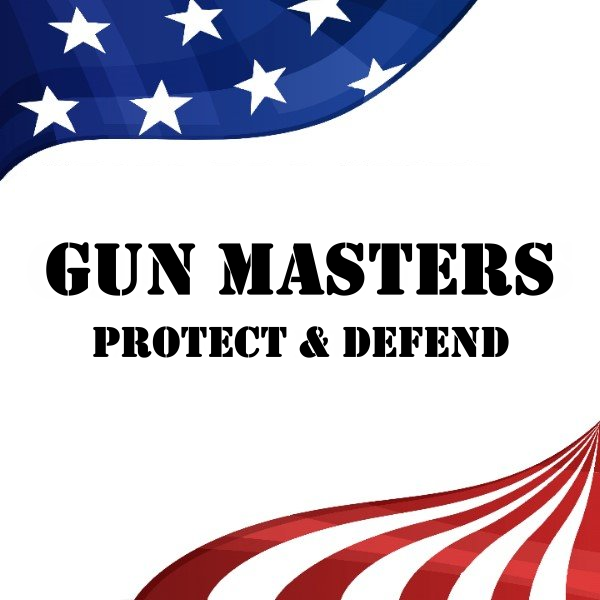
free shipping orders over $25
We’re having a 15% off sale on all our products. Enter your email below to be notified about future sales.


Self-defense tools are devices or weapons designed to help individuals protect themselves in dangerous situations. These tools range from non-lethal options like pepper spray and stun guns to more serious weapons such as knives and firearms. The primary purpose of these tools is to provide a means of defense when faced with a threat, offering peace of mind and a sense of security to those who carry them.
Pepper spray, for instance, is a popular choice due to its ease of use and effectiveness in temporarily incapacitating an attacker. Stun guns and Tasers, which deliver an electric shock to immobilize a threat, are also widely used. Knives, whether carried openly or concealed, serve as both tools and weapons, while firearms are often considered the ultimate form of self-defense for those who are trained and licensed to carry them.
The decision to carry a self-defense tool is often influenced by personal safety concerns, local crime rates, or specific vulnerabilities, such as working late hours or living in high-risk areas. However, while these tools can be lifesaving, their legality and proper use are subject to strict regulations. Understanding these laws is crucial to ensure that carrying a self-defense tool does not inadvertently lead to legal trouble.
The legal landscape surrounding self-defense tools is complex, as it involves both federal and state regulations. While federal laws provide a broad framework, state and local governments often impose additional restrictions, creating a patchwork of rules that can vary significantly depending on where you live or travel.
At the federal level, there are relatively few overarching laws governing self-defense tools. For example, the federal government does not explicitly regulate the sale or possession of pepper spray, stun guns, or knives. However, certain federal laws do come into play, particularly when it comes to firearms. The Gun Control Act of 1968 and the Brady Handgun Violence Prevention Act establish baseline requirements for firearm ownership, such as background checks and restrictions on certain individuals, like convicted felons or those with restraining orders.
Additionally, federal laws regulate the transportation of self-defense tools across state lines. For instance, the Firearm Owners Protection Act (FOPA) allows individuals to transport firearms through states where they might otherwise be illegal, provided the weapon is unloaded and stored properly. However, this protection does not extend to all self-defense tools, making it essential to research specific regulations before traveling.
State and local governments have significant authority to regulate self-defense tools, leading to a wide range of laws that can differ dramatically from one jurisdiction to another. For example, while pepper spray is legal in most states, some impose restrictions on its size or concentration. In Massachusetts, for instance, pepper spray can only be purchased from licensed firearms dealers, while in California, canisters larger than 2.5 ounces are prohibited.
Stun guns and Tasers are another area where state laws vary. States like Hawaii and Rhode Island have historically banned these devices, though recent legal challenges have led to changes in some jurisdictions. Similarly, knife laws can be highly specific, with restrictions on blade length, types of knives (e.g., switchblades), and whether they can be carried concealed.
Local ordinances can add another layer of complexity. A city may impose stricter rules than the state, such as banning certain tools outright or requiring permits for their use. This patchwork of regulations underscores the importance of understanding the laws specific to your area.
Different self-defense tools come with their own set of legal considerations. Knowing the rules for each type of tool can help you make informed decisions about what to carry and how to use it responsibly.
Pepper spray is one of the most commonly carried self-defense tools due to its effectiveness and ease of use. However, its legality can depend on factors like size, concentration, and intended use. For example, New York and Wisconsin have specific restrictions on the strength of pepper spray, while some states require users to be at least 18 years old. Misusing pepper spray, such as using it offensively rather than defensively, can result in criminal charges.
Stun guns and Tasers are electronic devices that deliver an electric shock to incapacitate an attacker. While they are legal in most states, some require permits or impose outright bans. For instance, New Jersey recently lifted its ban on stun guns following a court ruling, but users must still comply with local regulations. Additionally, improper use of these devices can lead to charges of assault or other legal consequences.
Knives are versatile tools that can also serve as weapons, making them subject to a variety of laws. Many states regulate the length of the blade, with limits often set at 3 to 4 inches for concealed carry. Certain types of knives, such as switchblades or butterfly knives, are banned in some jurisdictions. It’s also important to note that carrying a knife in a "weaponized" manner, such as brandishing it during a confrontation, can escalate legal penalties.
Firearms are among the most heavily regulated self-defense tools. To carry a concealed firearm, most states require a permit, which often involves background checks, training courses, and fees. Open carry laws vary widely, with some states allowing it without a permit and others prohibiting it entirely. Violating firearm regulations can result in severe penalties, including fines, imprisonment, and the loss of gun ownership rights.
Age restrictions and permit requirements are common for many self-defense tools. For example, most states require individuals to be at least 18 years old to purchase or carry pepper spray, while stun guns and firearms often have higher age thresholds. Permits may also be required, particularly for concealed carry of weapons like firearms or certain knives. These permits typically involve background checks and, in some cases, training or certification.
Even if a self-defense tool is legal to carry, there are often restrictions on where it can be brought. Commonly prohibited areas include schools, airports, government buildings, and private properties with posted "no weapons" signs. Violating these restrictions can lead to confiscation of the tool, fines, or even criminal charges.
Misusing a self-defense tool can have serious legal repercussions. For instance, using pepper spray offensively rather than defensively can result in assault charges. Similarly, brandishing a weapon in a threatening manner, even without using it, can lead to charges of intimidation or reckless endangerment. Understanding the limits of self-defense laws is crucial to avoid these consequences.
Staying informed about the laws governing self-defense tools in your area is essential. Start by consulting local law enforcement or legal experts, who can provide accurate and up-to-date information. Additionally, official government websites and legal databases are valuable resources for verifying regulations. Be sure to check both state and local laws, as they can differ significantly.
Local law enforcement agencies are often the best source of information on self-defense tool regulations. They can clarify any ambiguities and provide guidance on how to comply with the law. Legal experts, such as attorneys specializing in criminal or weapons law, can also offer valuable insights.
Many state and local governments maintain websites with detailed information on self-defense tool regulations. Legal databases and online forums can also be helpful, but always cross-reference information with official sources to ensure accuracy.
Carrying a self-defense tool comes with responsibilities. Proper training and familiarity with your chosen tool are essential for safe and effective use. Additionally, understanding the limits of self-defense laws can help you avoid legal trouble. Always use self-defense tools only in situations where it is legally justified, and never carry them with the intent to intimidate or harm others.
Taking a training course or practicing with your self-defense tool can make a significant difference in your ability to use it effectively. Many communities offer self-defense classes that include instruction on using tools like pepper spray or stun guns.
Self-defense laws generally allow the use of force only when it is necessary to prevent imminent harm. Using a self-defense tool in a situation that does not meet this standard can result in legal consequences. Always be aware of the specific laws in your area to ensure you act within your rights.
Balancing personal safety with adherence to the law is crucial when carrying self-defense tools. By understanding the regulations in your area, seeking proper training, and using these tools responsibly, you can protect yourself while staying on the right side of the law.